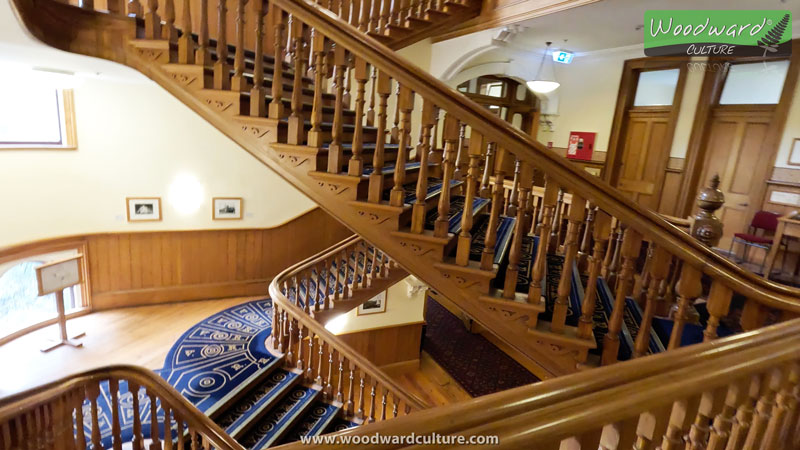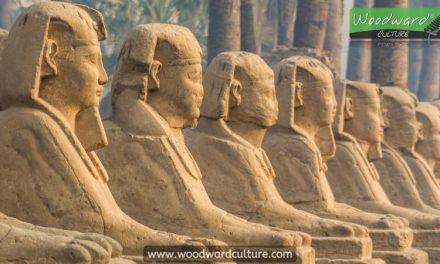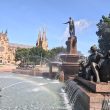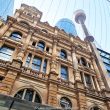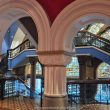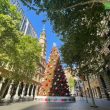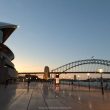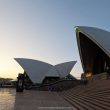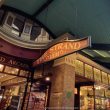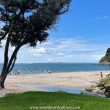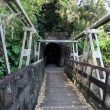In this 4K Tour, we start outside the Old Government Buildings (in Wellington, New Zealand) before going through the entrance foyers. We check out a room that shows some history of this building and then for a look at The Vault. We then go up the beautiful hanging staircase and head to the Cabinet Room with a view of The Beehive across the road. Then we head back down the staircase and head out of the building.
Click on the closed captions button in the video to receive more fun facts about the Old Government Buildings.
Highlights of the Tour
Here are some of the highlights of this walking tour that you will see in the 4K video. You can find the timestamps to each of these attractions in the description of the video on YouTube.
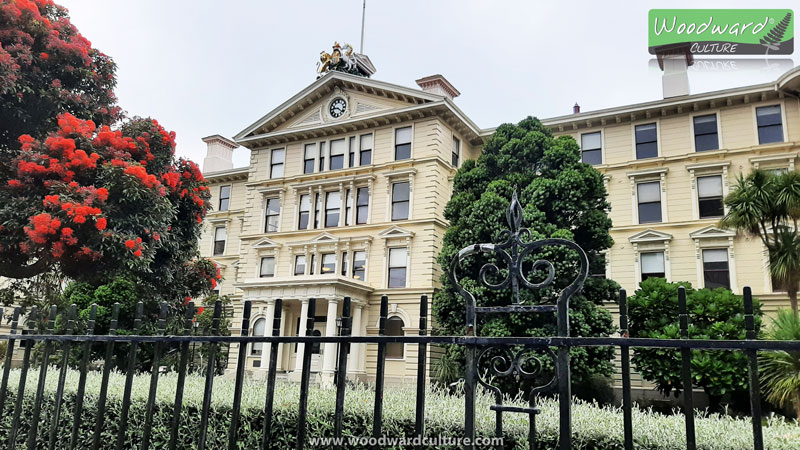
Old Government Buildings – Wellington, New Zealand
This is the oldest remaining government building in Wellington’s Capital Centre. Historically, it is important because it was the hub of government for many years.
The Old Government Buildings were built in 1876 on a small piece of reclaimed land to house the country’s expanding civil service. Until 1921, their government ministers worked alongside them, before moving into the new Parliament House (across the road).
Several famous prime ministers had their offices here and they met their ministers in the Cabinet Room on the first floor.
The building was designed in Italian Renaissance style. Despite being made from timber, it was designed to look as if it had been made from stone. The threat of fire meant that smoking inside the building was banned from day one.
The buildings are currently leased to Victoria University’s Law Faculty though some parts of it are open to the public as display areas.
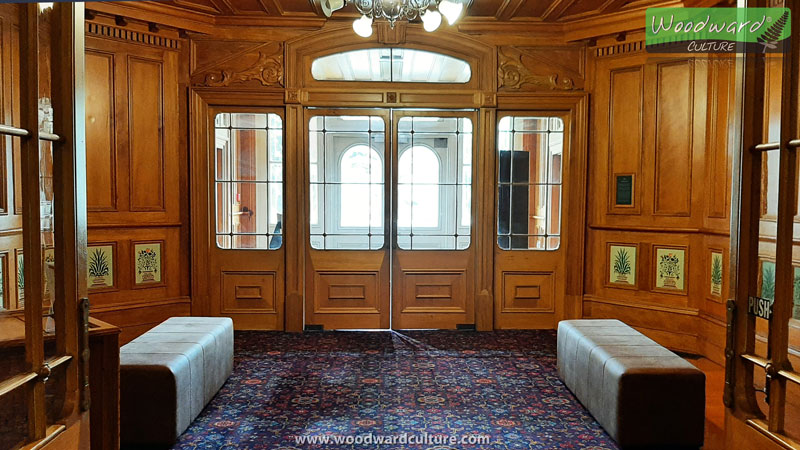
Allies on the Inside Room
In the first 20 years of the building, open fires provided the only heating in the Government Buildings. (Weird considering there was a smoking ban)
There were 22 brick chimneys, 194 flues from 126 fireplaces. The original fireplaces were simple undecorated openings. Later, cast iron surrounds and fireplaces were installed. Coal was the principal fuel for the fires.
In 1931, after the devastating 7.8 Napier earthquake, almost all the chimneys were taken down to third floor ceiling level. Thereafter, radiators provided all heating.
There is a statue of Sir John Hall which has part of his nose missing. In 1963, someone attacked many of the busts with a crowbar in the foyer of Parliament Buildings. Sir John Hall supported women’s suffrage as early as 1878 and in 1888, Kate Sheppard asked him to be the parliamentary advocate for the campaign to allow women to vote. Hall helped Sheppard write the 1893 petition text that asked the House of Representatives to grant the vote to women.
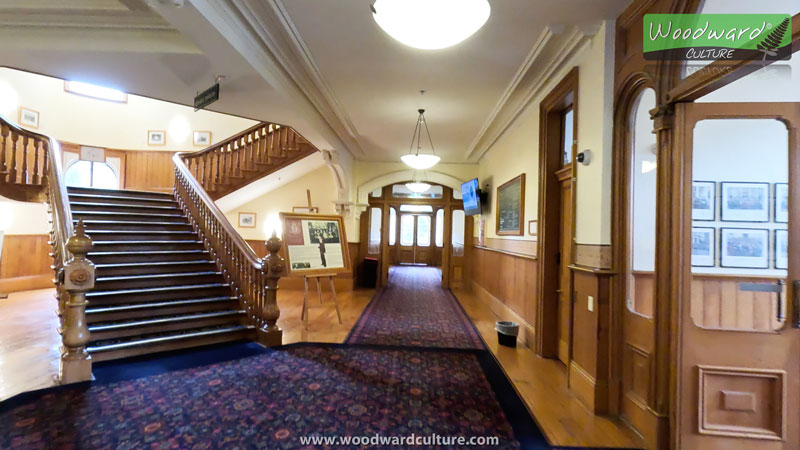
The Vault
This display, set in the 1880s, depicts a Government Buildings messenger returning ledgers to the vault at the end of the working day. Valuable ledgers for the recording of government business were stored in the vault and delivered daily to clerks’ desks via a short railway.
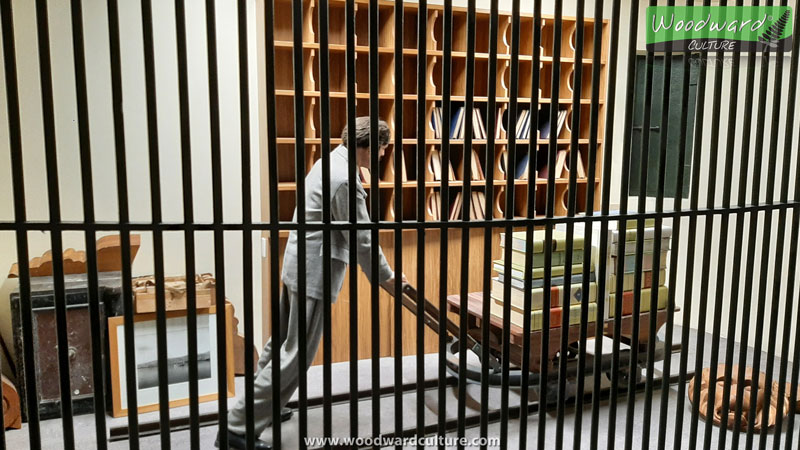
The Stairs
The hanging staircase is one of the most beautiful features on the Old Government Building. Interestingly, the stairs that you can see (and go up) are one of two staircases in the building. This is the only one that the public can access.
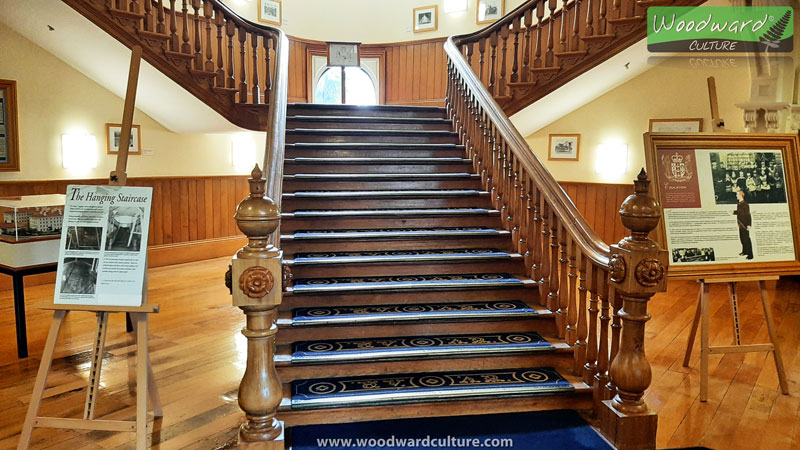
The Cabinet Room
The first floor of the Government Buildings was centred around the Cabinet Room, which was located in a prime position at the front of the building above the main entrance. The Cabinet Room was flanked by ministers’ offices, three on either side.
The Cabinet Room was the focus of life in Government Buildings. Government cabinets met in this room regularly between 1876 and 1921.
There is a large meeting table, typical of the late 19th century and replicas of chairs used by Cabinet members. This room has two cast iron fireplaces.
At the end of the room, you can see The Beehive (current Parliament Executive Wing) through the windows.
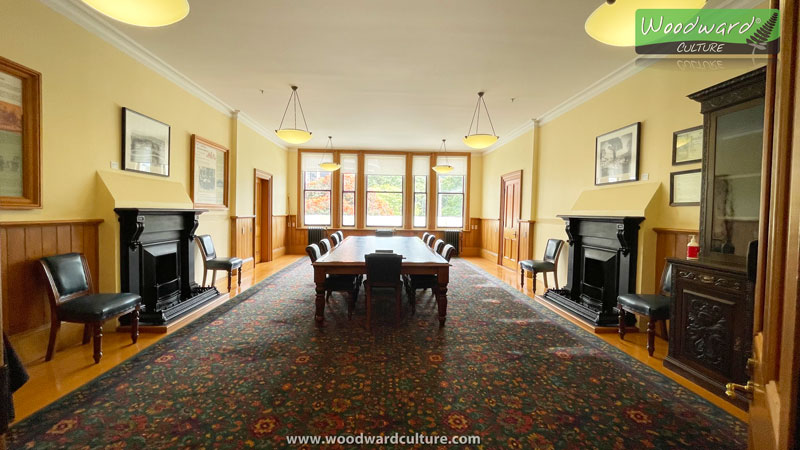
Additional Information
There are paid guided tours of the buildings from December to March (NZ summer) though you can do your own self-guided tour the entire year. Visitors can view displays on the ground floor and the Cabinet Room on Level One but the other parts of the buildings are closed to the public. This building is closed on most public holidays.
This was the world’s second largest timber building after the Tōdai-ji Buddhist temple complex in Nara, Japan.
By 1990, the last public service department had moved out and the building was empty for the next four years. In 1994 a two-year restoration of the building began and once completed, Victoria University’s Law Faculty moved in.
This walk would be ideal to do on a rainy day in Wellington.
